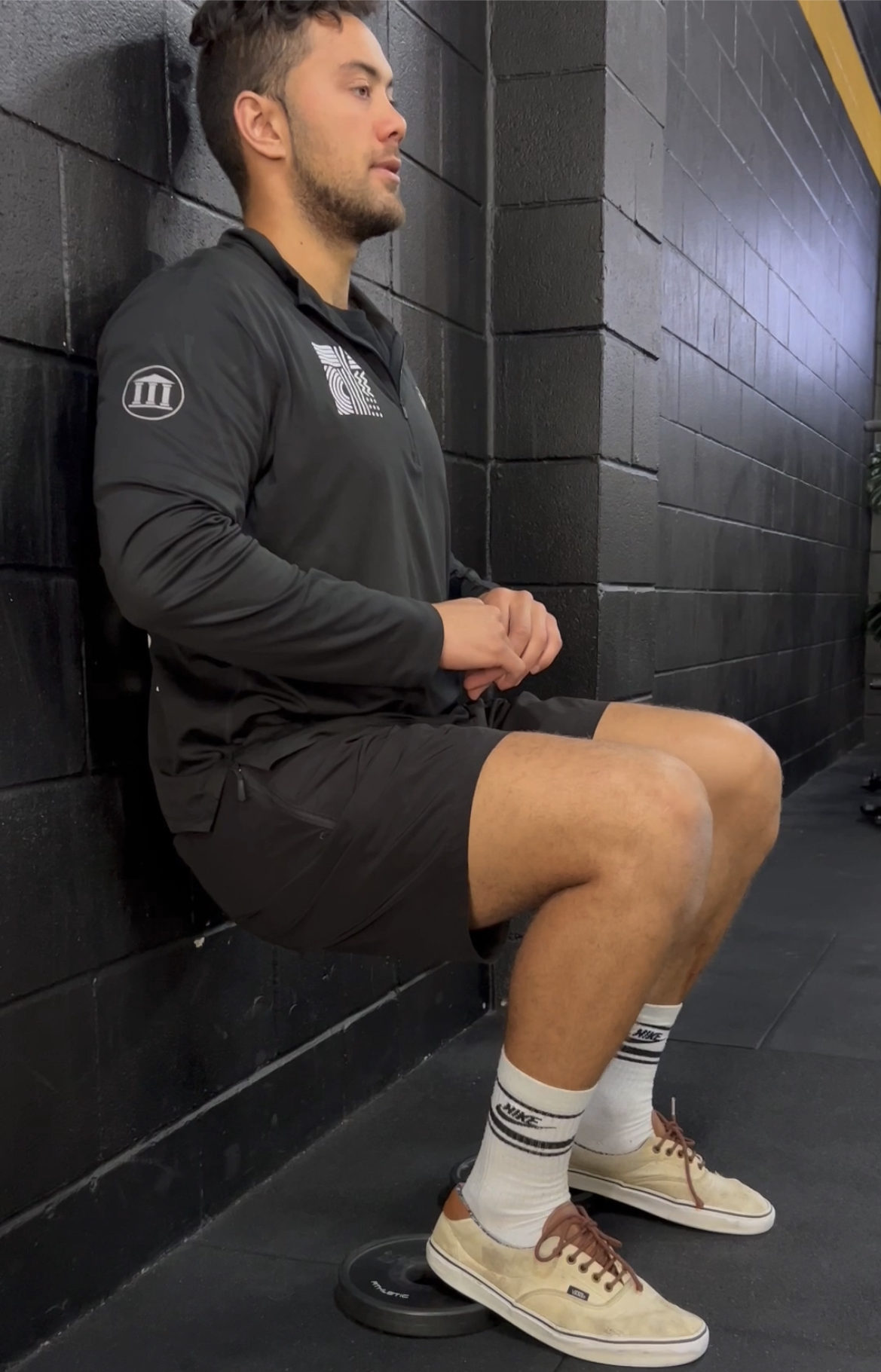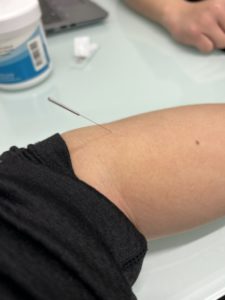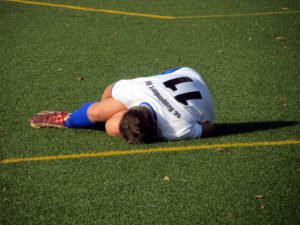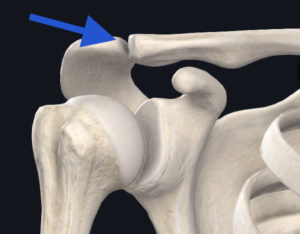Decline Wall Sits
The patella tendon, also known as the knee tendon, is a crucial component of the knee joint, connecting the patella bone to the tibia. It is responsible for transferring force from the quadriceps muscle to the lower leg, making it an essential component for knee stability and power during movements such as jumping and running.
If you’re looking to improve your patella tendon strength, you might consider incorporating decline wall sits into your workout routine. This exercise targets the knee tendon, as well as isometric strengthening of the quadriceps making it an excellent way to build overall lower body strength.
Here’s how to perform decline wall sits:
- Place a plate or small block underneath your heels
- Stand with your back against the wall, with your feet shoulder-width apart and about two feet away from the wall.
- Lower yourself down until your thighs are parallel to the floor and your knees are bent at a 90-degree angle.
- Hold the position for 10-15 seconds, making sure to keep your knees directly above your ankles.
- Slowly stand back up, straightening your legs.
- Repeat the exercise as required.
It’s important to note that decline wall sits can be challenging, so start with a shorter duration and fewer reps, and gradually increase as your strength improves. Additionally, make sure to maintain proper form throughout the exercise to prevent knee or lower back pain.
In conclusion, decline wall sits are an effective exercise for improving patella tendon strength, as well as overall lower body strength. Incorporating them into your workout routine can help to enhance knee stability, power, and prevent injury. As always, make sure to warm up and stretch before any exercise, and if you experience any pain or discomfort, stop and seek the advice of a healthcare professional.
For Appointments
Triumph Physio operates in Mount Wellington, Newmarket & Epsom, Auckland. We have qualified Physiotherapist registered under ACC to help you. For more info call us on 09 526 1448 or book online below




